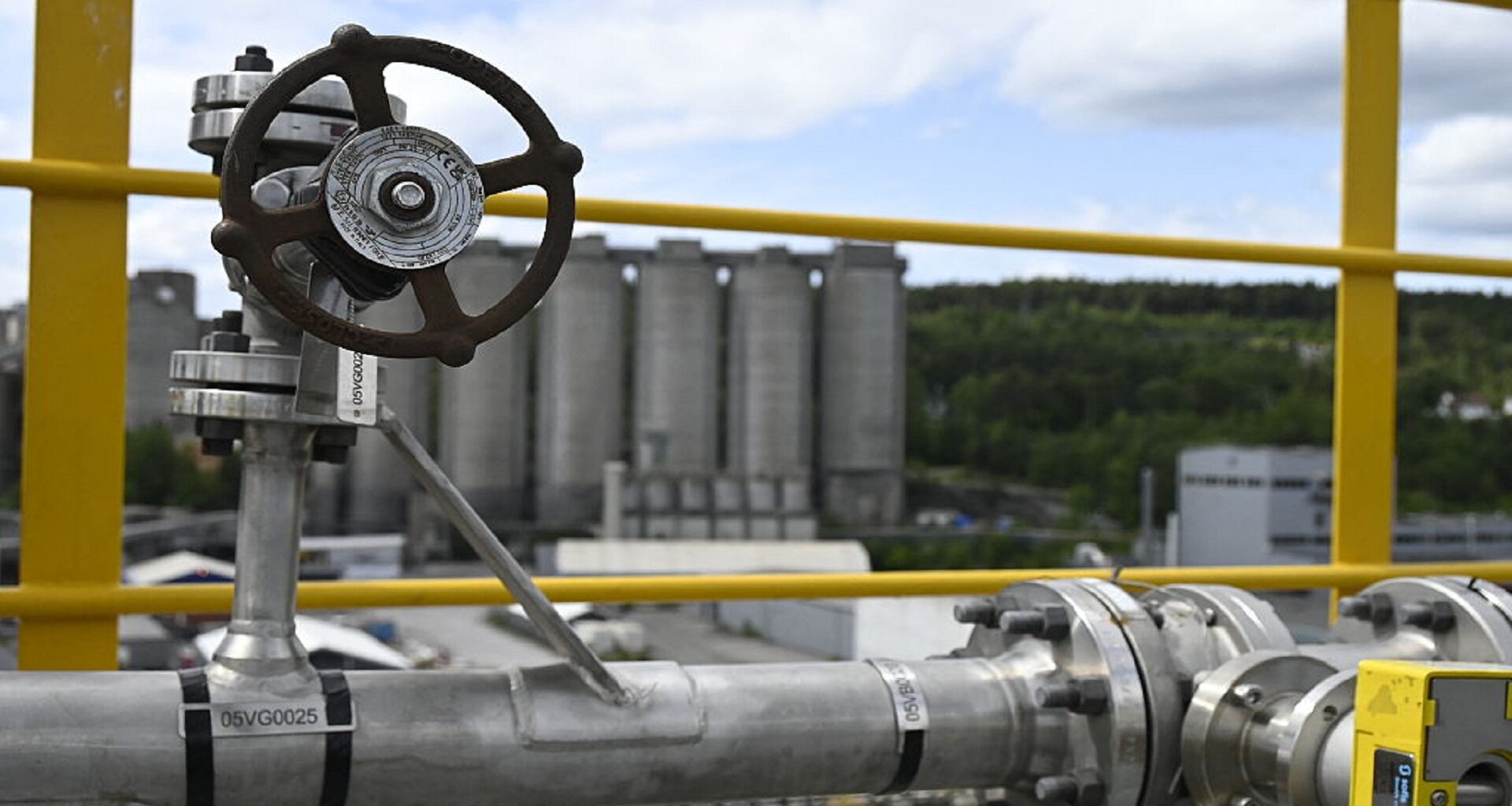A carbon-capture method inspired by the simple fizz of a soda bottle could dramatically cut the cost of trapping emissions from some of the world’s biggest polluters.
Researchers have developed a new technique called Pressure Induced Carbon Capture (PICC), which relies on nothing more than water and pressure to pull carbon dioxide from flue gases before they reach the atmosphere.
The approach uses the same physical phenomenon that makes Champagne sparkle or makes carbonated drinks hiss when opened.
Under high pressure, carbon dioxide dissolves in water; reduce the pressure, and it comes bubbling back out.
Co-inventors Dr. Mark Holtzapple of Texas A&M University and Jonathan Feinstein of ExcelThermic Enterprises have filed patents to license the technology across power plants, hydrogen production sites, steel blast furnaces, cement kilns, and a wide range of industrial emitters.
Fizz-powered carbon capture
Holtzapple said PICC could help solve a long-standing problem because fossil fuel combustion continues to play a major role in global energy systems.
“Our invention is a cost-effective way to address one of the greatest challenges facing humanity,” Holtzapple said.
“We can capture carbon dioxide from flue gas using only water and pressure, which makes the process simple, clean and less expensive than competing technologies.”
Traditional systems rely on chemical amines that bind with carbon dioxide. These chemicals are expensive, degrade in harsh exhaust streams, and typically top out at about 90 percent capture efficiency.
Holtzapple said allowing the remaining 10 percent of emissions to escape is no longer acceptable, especially as industries push toward deep decarbonization targets.
PICC avoids those limitations by using physical absorption. Because the process does not rely on chemical bonds, the dissolved carbon dioxide easily “pops” back out of the water when pressure drops, just as it does when opening a Coke or beer bottle.
Near-total capture cheaply
To operate the system, flue gas from coal, natural gas, or biomass combustion is cooled and compressed before being fed into an absorption column. Cold water flows downward while the high-pressure gas rises upward through structures that maximize contact.
By the time the nearly clean gas reaches the top, the last traces of carbon dioxide dissolve into the fresh water entering the column. The cleaned gas then vents to the atmosphere.
The water loaded with dissolved carbon dioxide flows into vessels operating at progressively lower pressures. In each stage, more of the carbon dioxide bubbles out and can then be compressed for permanent storage in underground formations.
Economic modeling shows the PICC process can capture and compress 99 percent of carbon dioxide emissions for $26 per metric ton, far below the $50 to $100 per ton typical for existing systems.
Adding a small amount of lime pushes the capture rate to 100 percent for under $28 per ton, even removing carbon dioxide present in the incoming air.
“Without adding carbon dioxide to the atmosphere, PICC allows us to use abundant fossil fuels on which our civilization is built,” Holtzapple said.
“By coupling PICC to biomass combustion, we can remove carbon dioxide from the atmosphere cost effectively.”

